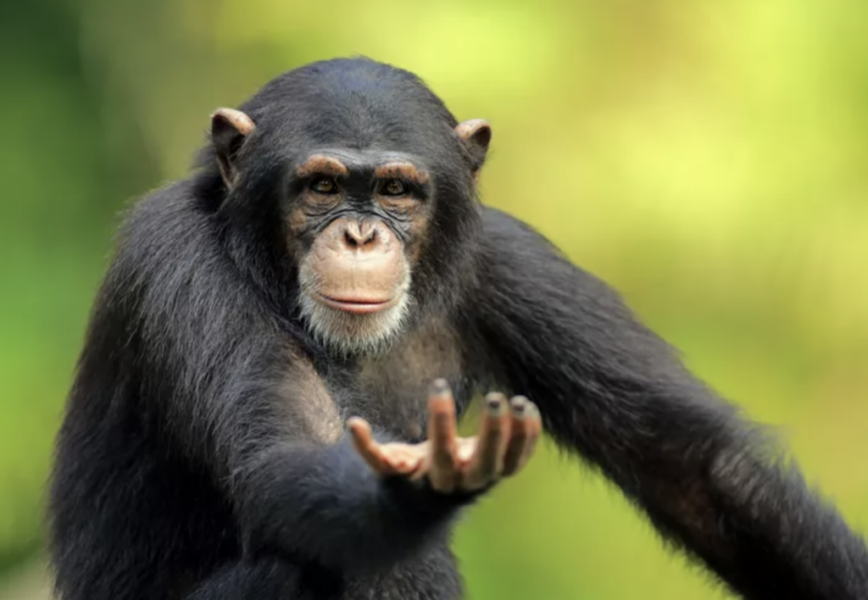Exploring the animal kingdom reveals a fascinating tapestry of life, where intelligence and emotion bridge the gap between humans and our animal counterparts. This article shines a light on the most intelligent animals on the planet – each showcasing unique qualities that not only draw us closer to nature but also mirror aspects of human behavior. Through understanding these animals, we gain insights into the complexity of life on Earth and our interconnectedness with the natural world.
Ranking animal intelligence is a complex task because intelligence manifests differently across species. Each species has its own strengths and areas of expertise. Here’s a list of the 30 most intelligent animals in the world, prioritizing those considered to exhibit the most complex cognitive abilities.
| Rank | Animal | Intelligence Factor |
|---|---|---|
| 1 | Chimpanzees (Common) | Tool use, problem-solving, self-recognition |
| 2 | Bonobos | Peaceful nature, communication, problem-solving |
| 3 | Orangutans | Tool use, problem-solving, complex social structure |
| 4 | Dolphins (Bottlenose) | Object recognition, communication, social learning |
| 5 | Elephants (African) | Excellent memory, strong social bonds, complex problem-solving |
| 6 | African Grey Parrots | Mimicry, complex problem-solving, social bonds |
| 7 | Crows | Problem-solving, tool use, social cooperation |
| 8 | Octopuses (Common) | Problem-solving, maze navigation, quick learning |
| 9 | Dogs (Border Collies) | Exceptional trainability, problem-solving, herding skills |
| 10 | Keas (New Zealand parrots) | Problem-solving, tool innovation, curiosity |
| 11 | Spider Monkeys | Complex social structure, communication, problem-solving |
| 12 | Gorillas | Complex social structure, communication, tool use |
| 13 | Dolphins (Common) | Communication, tool use, playfulness |
| 14 | Squirrels (Grey) | Spatial memory, complex foraging strategies, tool use |
| 15 | Honey Bees | Complex communication (dance language), social organization |
| 16 | Octopus (Giant Pacific) | Problem-solving, escape artistry, long-term memory |
| 17 | Parrots (Many Species) | Mimicry, complex vocal learning, social interaction |
| 18 | Ravens | Problem-solving, tool use, memory, social cooperation |
| 19 | Magpies | Problem-solving, tool use, self-recognition |
| 20 | Dolphins (Spinner) | Cooperative hunting, acrobatics, complex social interactions |
| 21 | Elephants (Asian) | Complex social structure, communication, self-awareness |
| 22 | Whales (Killer) | Complex hunting strategies, communication, social cooperation |
| 23 | Chimpanzees (Pygmy) | Tool use, communication, complex social structure |
| 24 | Dolphins (Spotted) | Cooperative hunting, tool use, complex social behavior |
| 25 | Octopuses (Mimic) | Camouflage, communication, problem-solving |
| 26 | Chimpanzees (Western) | Tool use, communication, complex social structure |
| 27 | Parrots (African Green) | Mimicry, complex problem-solving, strong social bonds |
| 28 | Jays (Blue) | Acorns storage, spatial memory, complex communication |
| 29 | Cuttlefish | Camouflage, communication, problem-solving |
| 30 | Dolphins (River) | Complex social structure, communication, tool use |
Animal intelligence is not just about cognitive abilities; it encompasses a wide range of behaviors and traits that reflect their adaptability, problem-solving skills, and social interactions. Each species has its own unique strengths and areas of expertise, making it challenging to rank them in a straightforward manner. This list aims to highlight the most complex cognitive abilities among animals, showcasing the diversity and sophistication of animal intelligence.
Chimpanzees: Our Closest Cousins in the Animal Kingdom
Chimpanzees capture our fascination and connect us to the wild in profound ways. Standing as humanity’s closest living relatives in the animal kingdom, these remarkable creatures offer a window into the soul of nature and perhaps a reflection of ourselves. Their place in our shared world, teeming with life and mysteries, holds a special significance in understanding the intricate tapestry of life on Earth.
Starting with the science, chimpanzees share a stunning 98.7% of their DNA with humans. This genetic closeness reveals itself in behaviors that feel strikingly familiar. They use tools, exhibit strong family bonds, and can express a range of emotions — from joy to sorrow. Watching a group of chimpanzees interact, it’s not hard to see reflections of human social dynamics, hinting at a common ancestor who walked the Earth some six million years ago.
 Bottlenose Dolphins
Bottlenose Dolphins
Bottlenose dolphins have long captivated our imaginations with their playful antics and undeniable intelligence. These sleek, smiling marine mammals are often the stars of ocean documentaries and aquarium shows. Their social behavior is incredibly complex, traveling in groups called pods, which can contain from a few individuals to over a hundred. Inside these pods, dolphins form close bonds, often collaborating to hunt or look after the young ones.
Elephants: The Gentle Giants With a Memory to Match
Elephants are truly exceptional creatures, not only for their colossal size but also for their profound intelligence, which is vividly demonstrated through their social behavior and memory. In the wild, elephants form tightly-knit family groups led by a matriarch, the oldest and often wisest female who guides her family with accumulated knowledge, wisdom, and intuition.
African Grey Parrots
In their pursuit to unravel the mysteries shrouding the aviary world’s most astute problem-solvers, scientists have turned their focus toward the African Grey Parrots. These birds exhibit an extraordinary capability for vocal language, allowing them to not just mimic human speech with precision but also comprehend and apply it contextually.
Through this exploration of these amazing creatures, we uncover a world brimming with intelligence that rivals and sometimes surpasses human capabilities in certain aspects. These animals demonstrate not just survival instincts but profound cognitive abilities that include problem-solving, emotional depth, and social complexities. Their remarkable traits remind us of the vast spectrum of intelligence in our world and prompt a deeper respect for these beings who share our planet.


